Romantic Period Editions
Showing 25–48 of 81 resultsSorted by latest
-
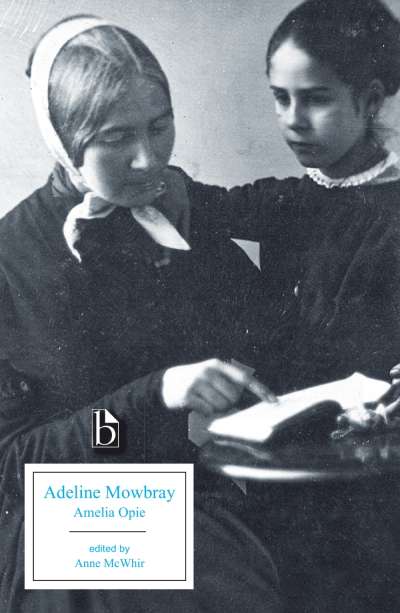
Adeline Mowbray
When Adeline Mowbray puts her mother Editha’s radical theories into practice by eloping with, but not marrying, a notorious writer, the mother and daughter are…
-
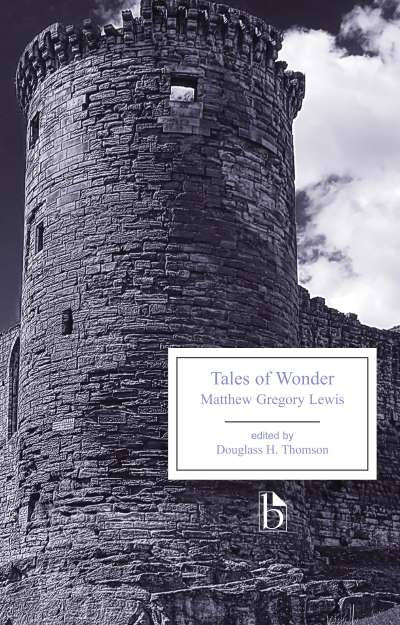
Tales of Wonder
In the late eighteenth century, Matthew Gregory “Monk” Lewis, a notorious author of lurid Gothic novels and plays, began to gather this collection of horror…
-
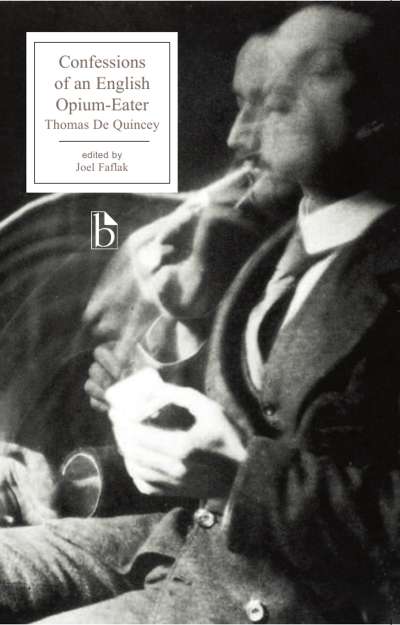
Confessions of an English Opium-Eater
Confessions of an English Opium-Eater remains its author’s most famous and frequently-read work and one of the period’s central statements about both the power and…
-
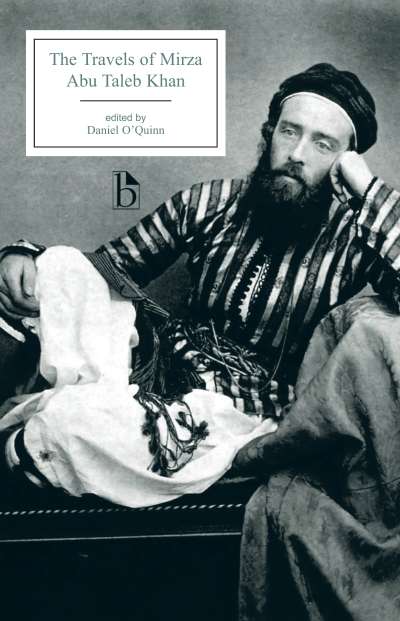
The Travels of Mirza Abu Taleb Khan
In 1810, the orientalist scholar Charles Stewart translated and published an extraordinary travel narrative written by a Persian-speaking Indian poet and scholar named Mirza Abu…
-
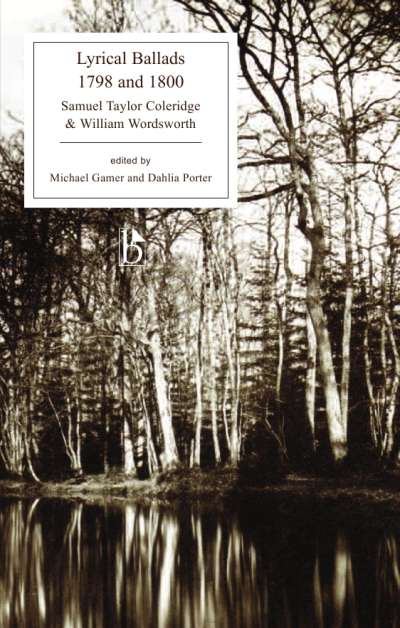
Lyrical Ballads
Long central to the canon of British Romantic literature, Samuel Taylor Coleridge and William Wordsworth’s Lyrical Ballads is a fascinating case study in the history…
-
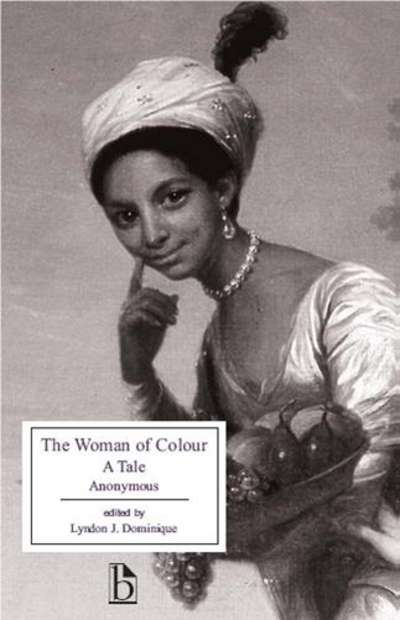
The Woman of Colour
The Woman of Colour is a unique literary account of a black heiress’ life immediately after the abolition of the British slave trade. Olivia Fairfield,…
-
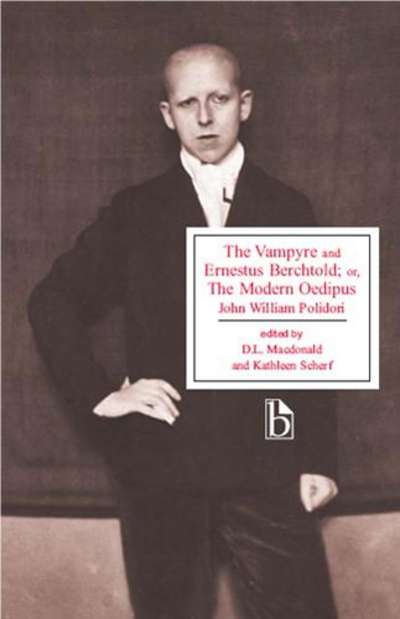
The Vampyre and Ernestus Berchtold; or, The Modern Oedipus
In 1816, John William Polidori travelled to Geneva as Lord Byron’s personal physician. There they met Mary Godwin (later Shelley) and her lover Percy Shelley…
-
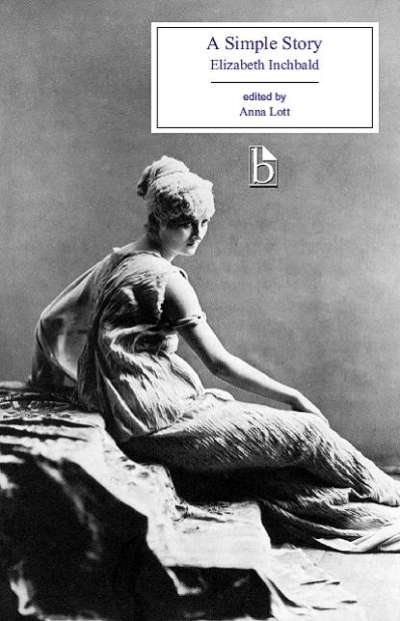
A Simple Story
After its publication in early 1791, A Simple Story was widely read in England and abroad, going into a second edition in March of the…
-
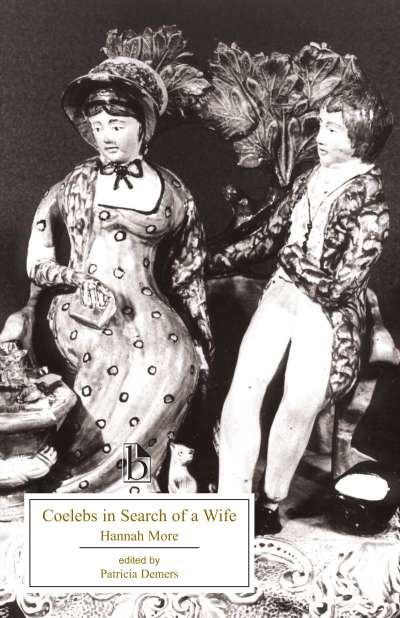
Coelebs in Search of a Wife
In this, Hannah More’s only novel and an early nineteenth-century best-seller, More gives voice to a wealthy twenty-three-year-old bachelor, who styles himself “Coelebs” (unmarried), but…
-
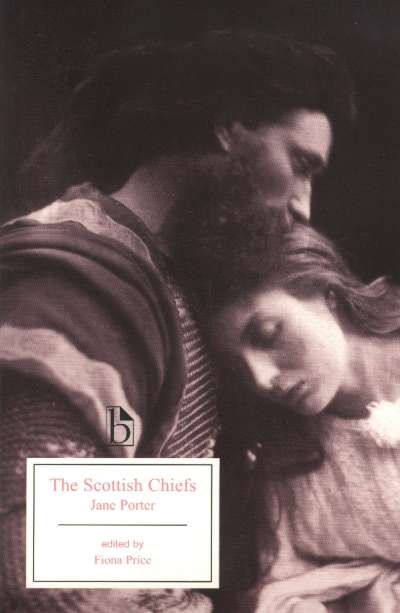
The Scottish Chiefs
Rooted in political controversy, gender warfare, violence, and revolution, Jane Porter’s The Scottish Chiefs is the epic story of William Wallace’s struggle for Scottish independence…
-
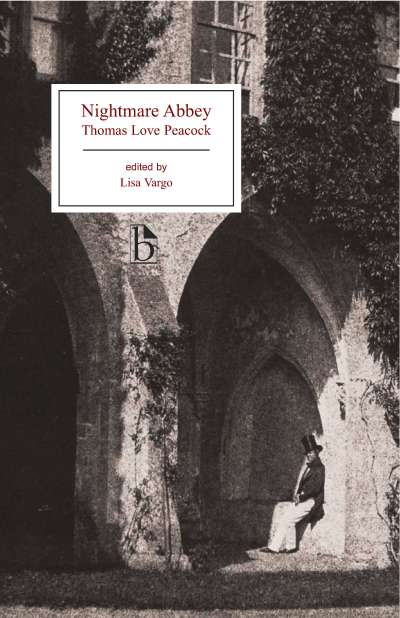
Nightmare Abbey
This 1818 novel is set in a former abbey whose owner, Christopher Glowry, is host to visitors who enjoy his hospitality and engage in endless…
-
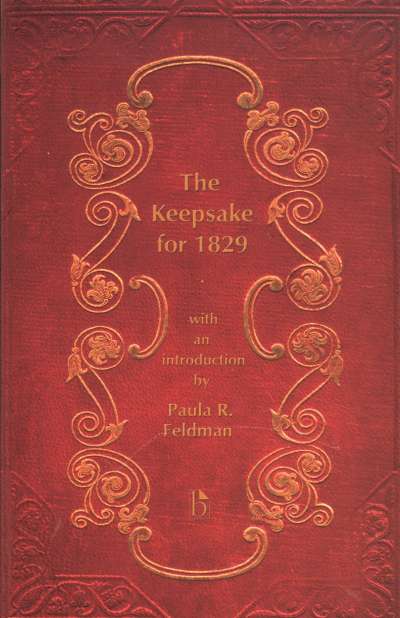
The Keepsake for 1829
Literary annuals played a major role in the popular culture of nineteenth-century Britain and America, and The Keepsake was the most distinguished, successful, and enduring…
-
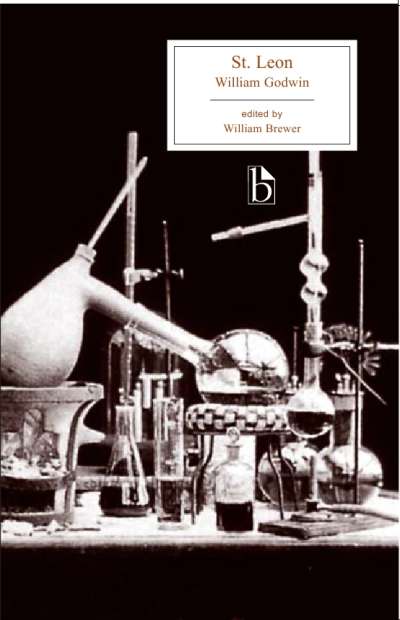
St. Leon
Set in Europe during the Protestant Reformation and first published in 1799, St. Leon tells the story of an impoverished aristocrat who obtains the philosopher’s…
-
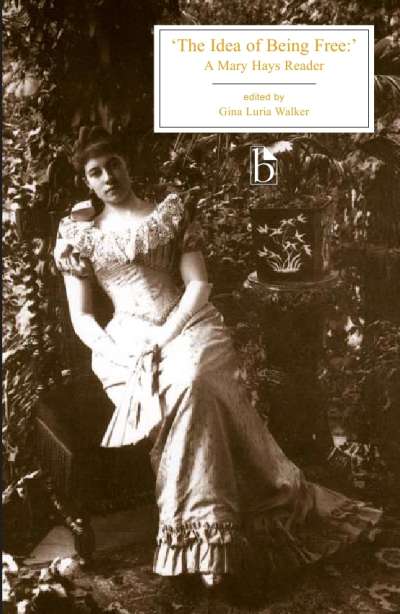
The Idea of Being Free
Mary Hays (1759-1843) is often best remembered for her early revolutionary novels The Memoirs of Emma Courtney and The Victim of Prejudice. In this collection,…
-
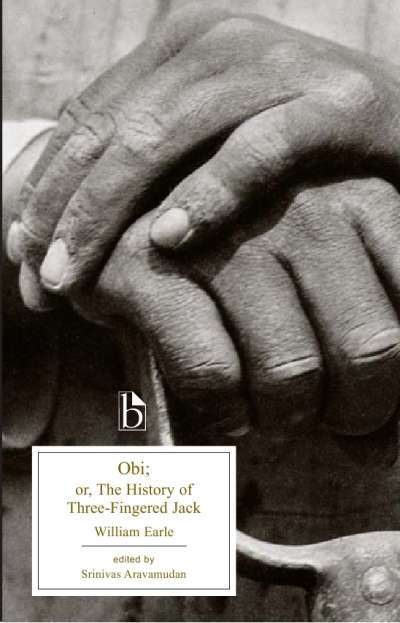
Obi
“Three-Fingered Jack,” the protagonist of this 1800 novel, is based on the escaped slave and Jamaican folk hero Jack Mansong, who was believed to have…
-
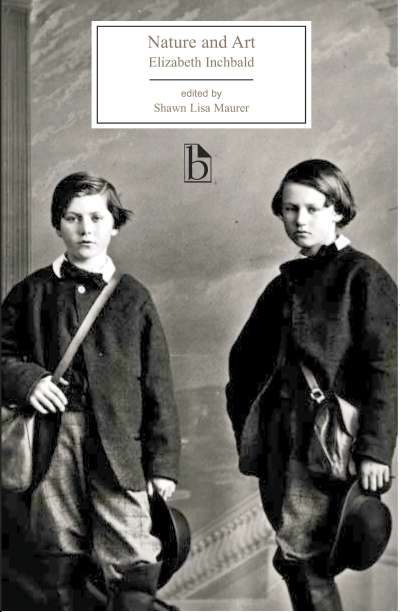
Nature and Art
Nature and Art commands a central place in the history of the English Jacobin novel. Published in 1796, the story explores the opposition between the…
-
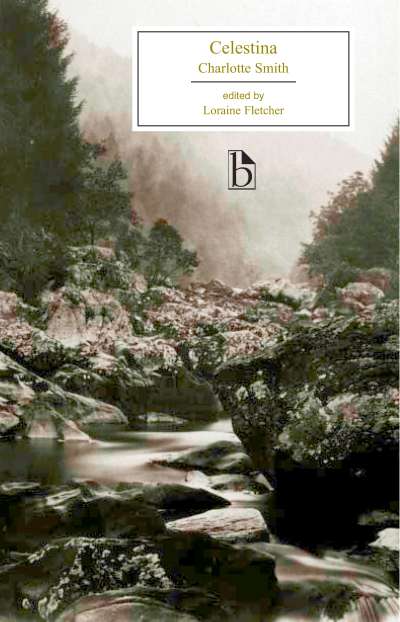
Celestina
Published here for the first time in a modern edition, Charlotte Smith’s third novel is both rivetingly plotted and unique for its time in its…
-
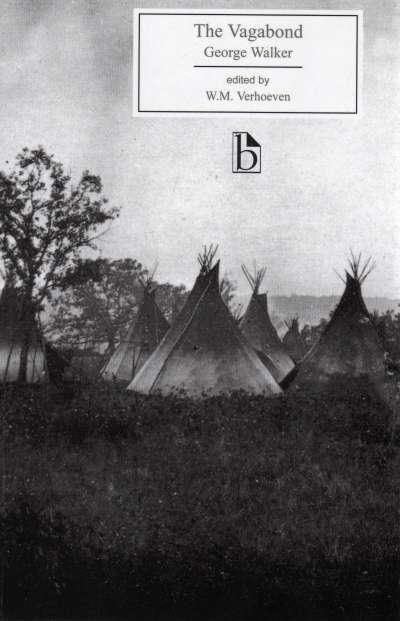
The Vagabond
First published in 1799, George Walker’s The Vagabond was an immediate popular success. Offering a vitriolic critique of post-Bastille Jacobinism and sansculotte-style mob rule, its…
-
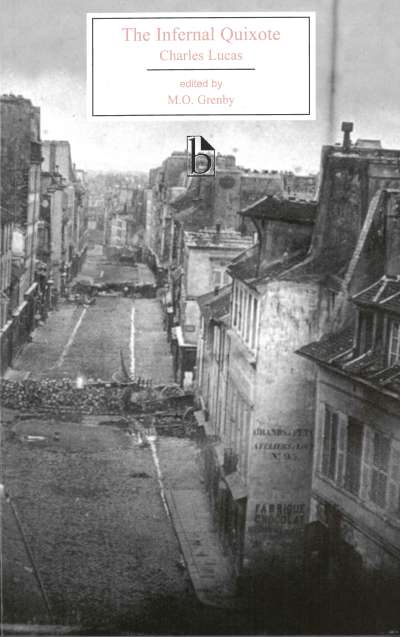
The Infernal Quixote
The Infernal Quixote (1801) is an enjoyable comic romp in which Charles Lucas engages directly with the most pressing political issues of his day and…
-
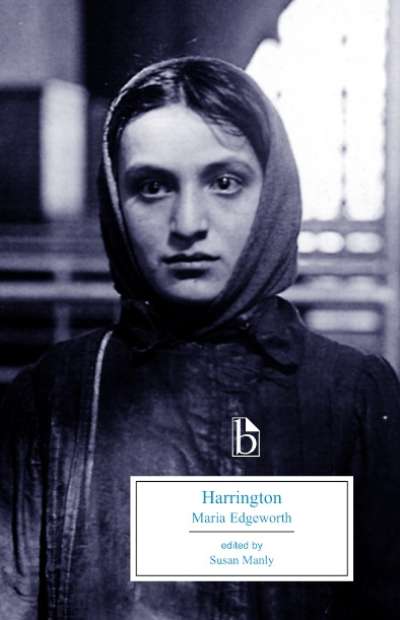
Harrington
Harrington (1817) is the personal narrative of a recovering anti-Semite, a young man whose phobia of Jews is instilled in early childhood and who must…
-
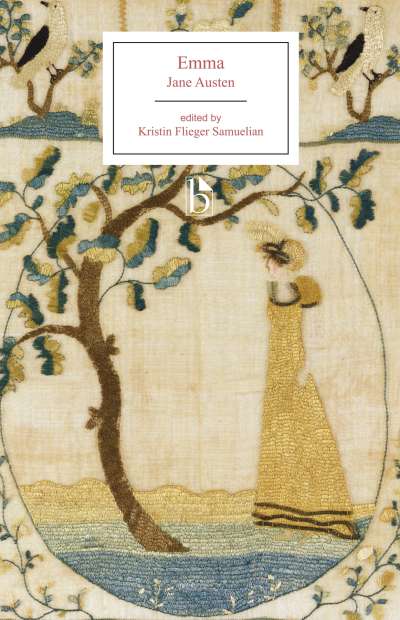
Emma
Jane Austen’s Emma (1816) tells the story of the coming of age of Emma Woodhouse, “handsome, clever, and rich,” who “had lived nearly twenty-one years…
-
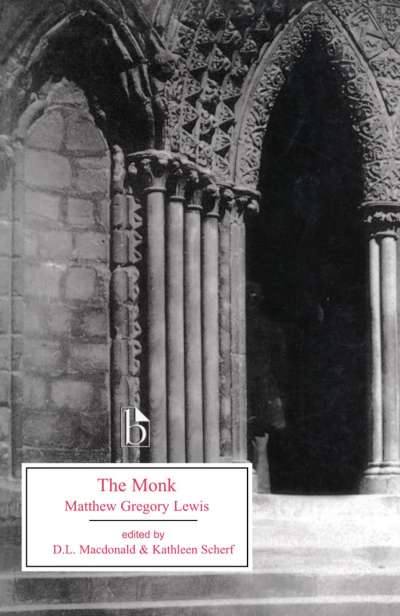
The Monk
The Monk is the most sensational of Gothic novels. The main plot concerns Ambrosio, an abbot of irreproachable holiness, who is seduced by a woman…
-
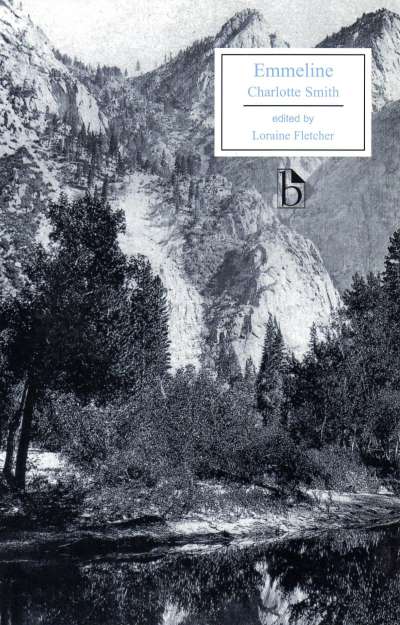
Emmeline
The plot of Charlotte Smith’s autobiographical first novel Emmeline (1788) includes the usual thrills of the eighteenth-century courtship novel: abduction, duels, and a “fairy tale…
-
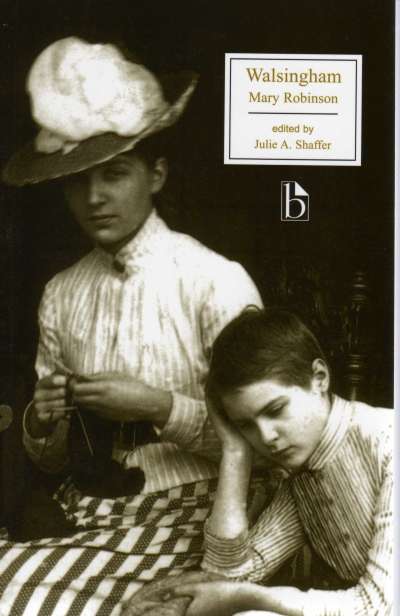
Walsingham
Walsingham is both a lively story and a commentary by Mary Robinson on her society’s constraints upon women. The novel follows the lives of two…
